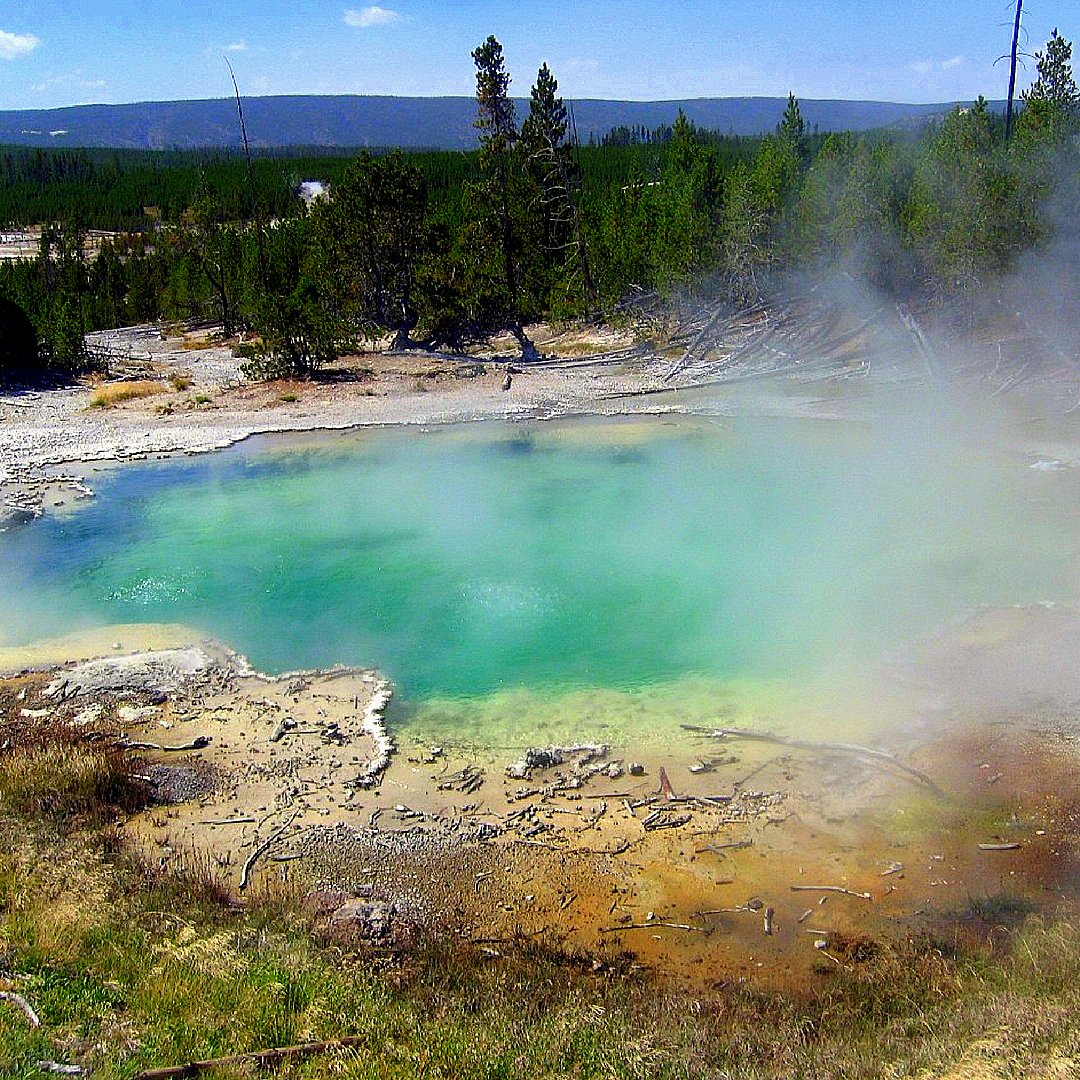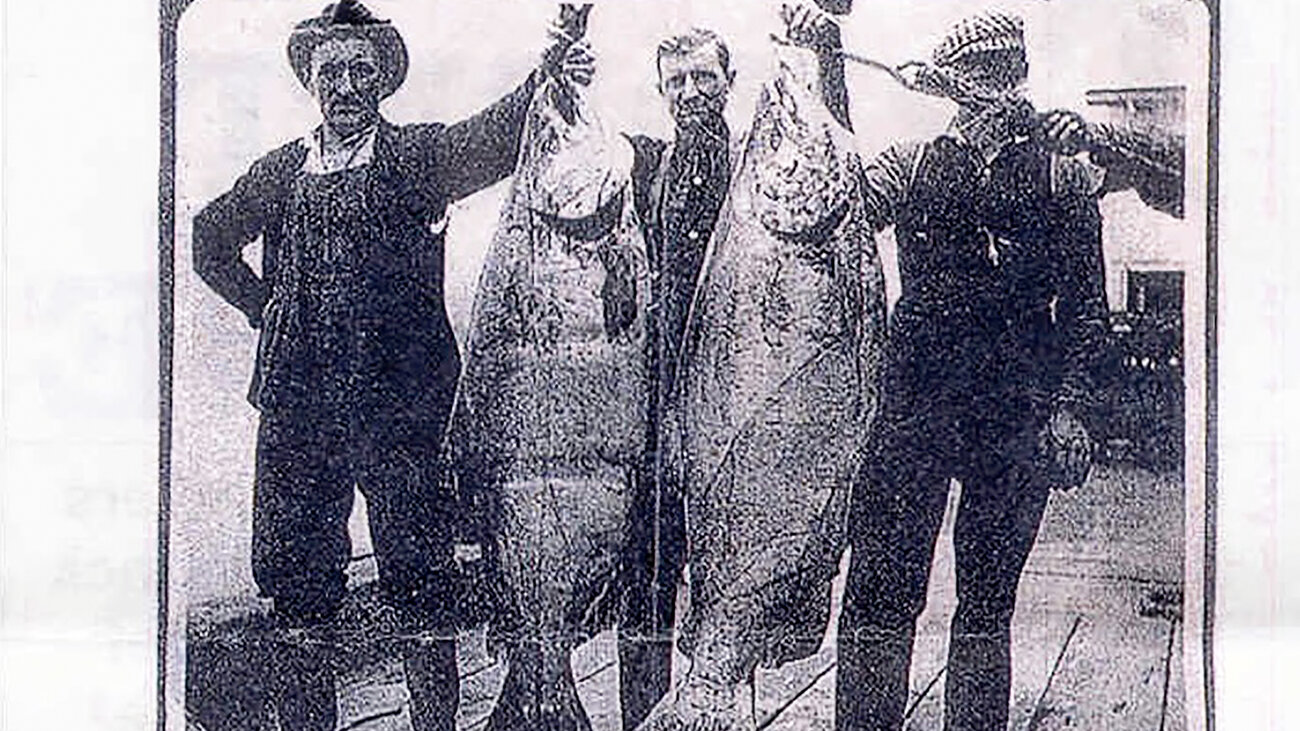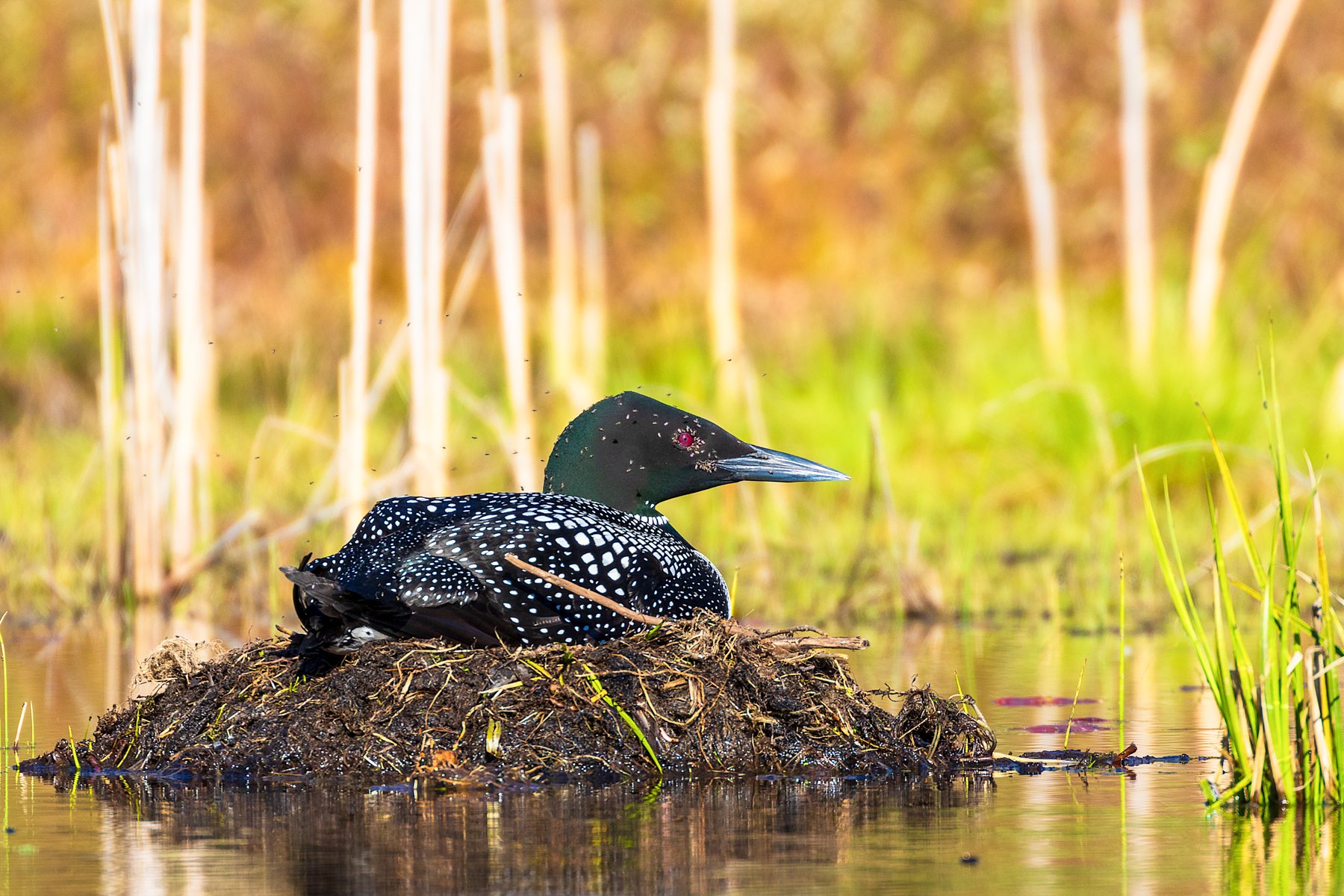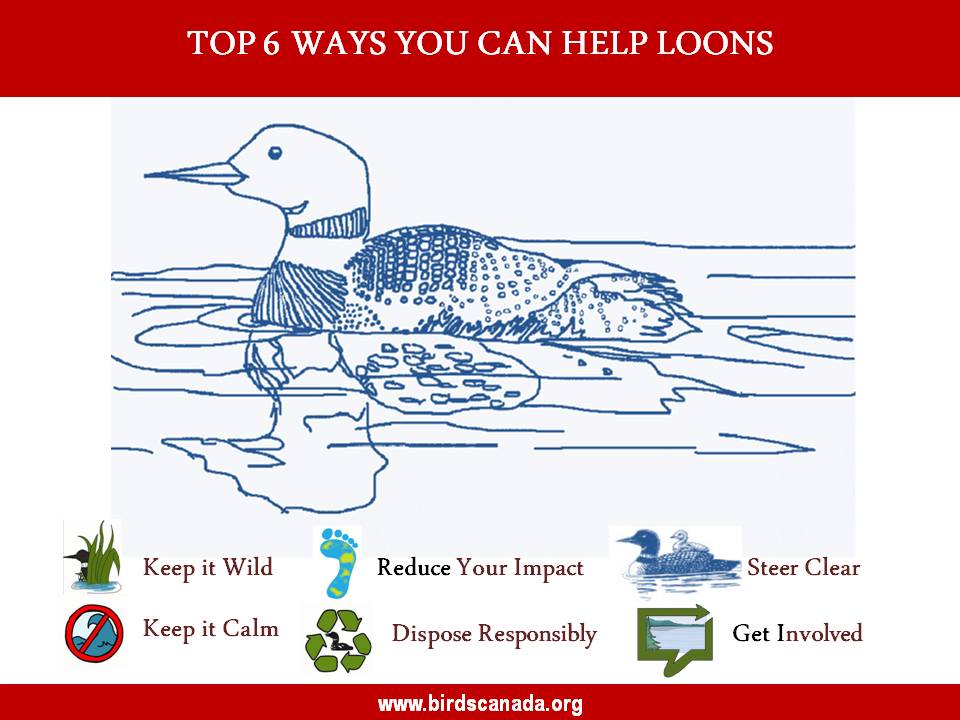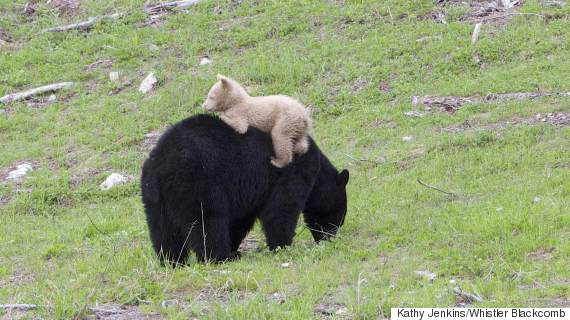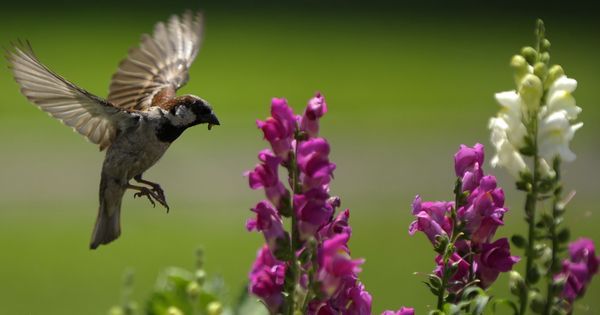Saving India's Dancing Bears BBC News
This Is Why You Don't See People-Size Salmon Anymore
While the orcas of Puget Sound are sliding toward extinction, orcas farther north have been expanding their numbers. Their burgeoning hunger for big fish may be causing the killer whales' main prey, chinook salmon, to shrink up and down the West Coast.
Chinook salmon are also known as kings: the biggest of all salmon. They used to grow so enormous that it's hard now to believe the old photos in which fishermen stand next to chinooks almost as tall as they are, sometimes weighing 100 pounds or more.
"This has been a season of unusually large fish, and many weighing from 60 to 70 pounds have been taken," The Oregonian reported in 1895.
Now, more than a century later, "it's not impossible that we see individuals of that size today, but it's much, much rarer," University of Washington research scientist Jan Ohlberger says.
Ohlberger has been tracking the downsizing of salmon in recent decades, but salmon have been shrinking in numbers and in size for a long time. A century's worth of dam-building, overfishing, habitat loss and replacement by hatchery fish cut the size of the average chinook in half, studies in the 1980s and 1990s found.
Dam-building and fishing have tailed off, but chinooks have been shrinking even faster in the past 15 years, according to a new paper by Ohlberger and colleagues in the journal Fish and Fisheries. Older and bigger fish are mostly gone.
Few fish are making it to old age, which for a chinook salmon means spending five or six years in the ocean after a year or two in fresh water.
"The older fish, which normally come back after five years in the ocean, they come back earlier and earlier," Ohlberger said.
The trend is clear; the reasons, less so.
Two species eat more chinook salmon than any others: orcas and humans.
The 2,300 or more resident killer whales in the Northeast Pacific Ocean eat about 20 million pounds of chinook salmon per year — roughly equal to the annual commercial catch of chinook in recent years, according to the new study.
"There is a large number of resident killer whales out there that really target chinook, and they target the large chinook," Ohlberger says.
A study from federal researchers in November found that orcas' consumption of chinook salmon in the northeast Pacific Ocean has doubled since 1975, surpassing humans' catches, which have fallen by a third over that time.
"As far as we can see, the killer whales are taking the older and bigger fish," said Craig Matkin, a whale researcher with the North Gulf Oceanic Society in Homer, Alaska. Matkin, who was not involved in Ohlberger's paper, studies Alaskan orcas' diets.
"We go along with the animals and scoop up fish scales and bits of flesh from where they kill something," Matkin says. "They're sloppy eaters."
"They're going to go for the biggest, oiliest fish there are," Matkin continues. "That's chinooks."




